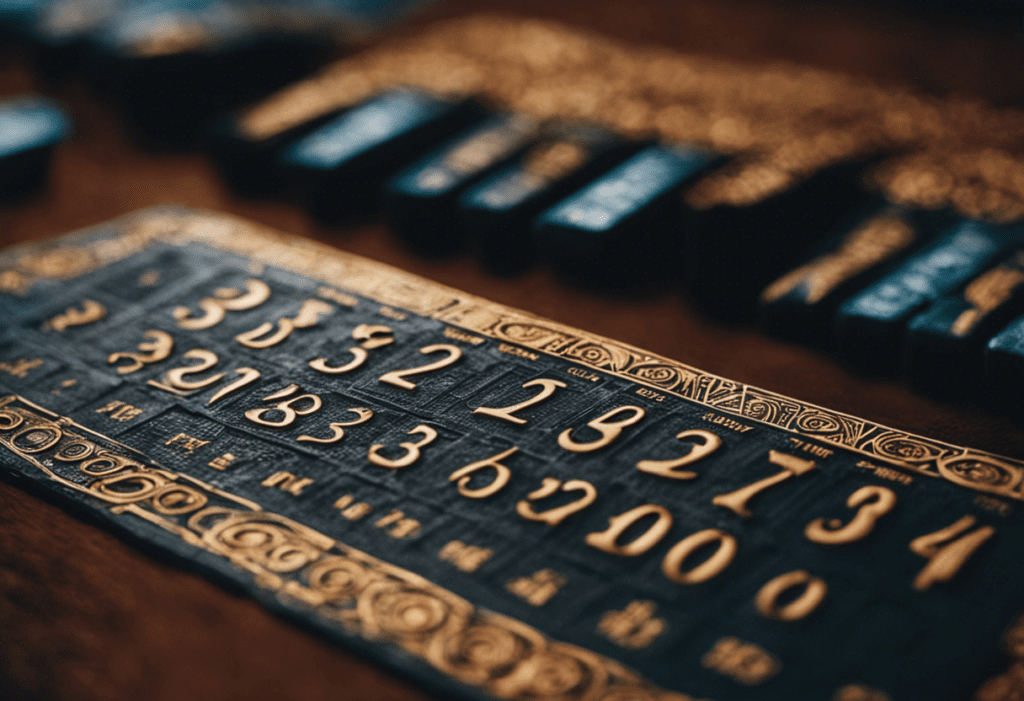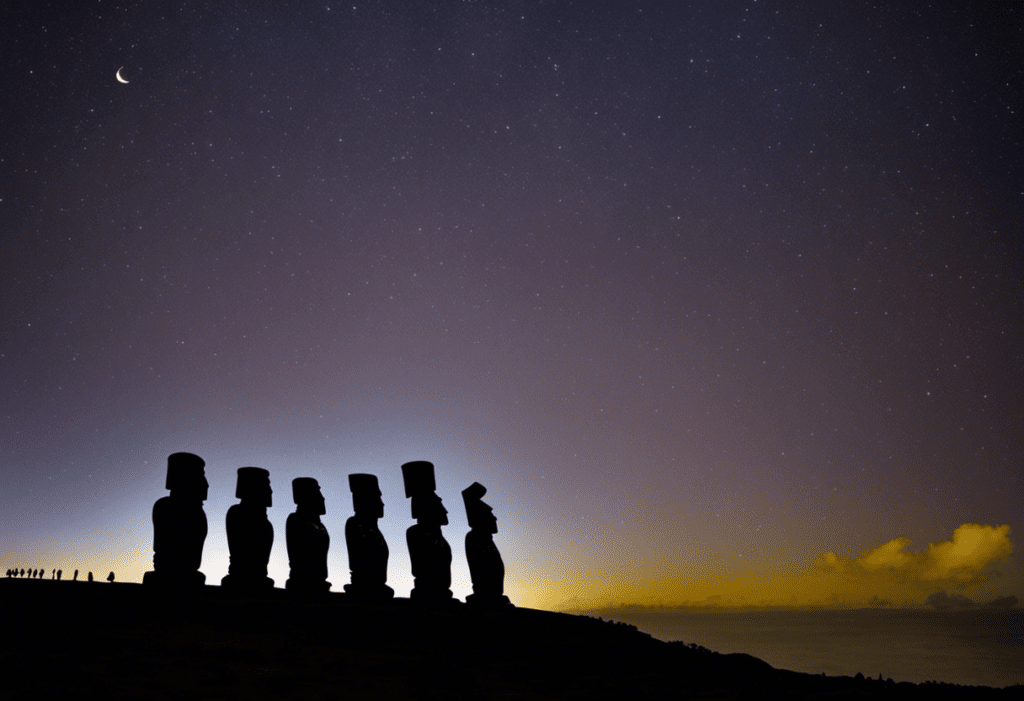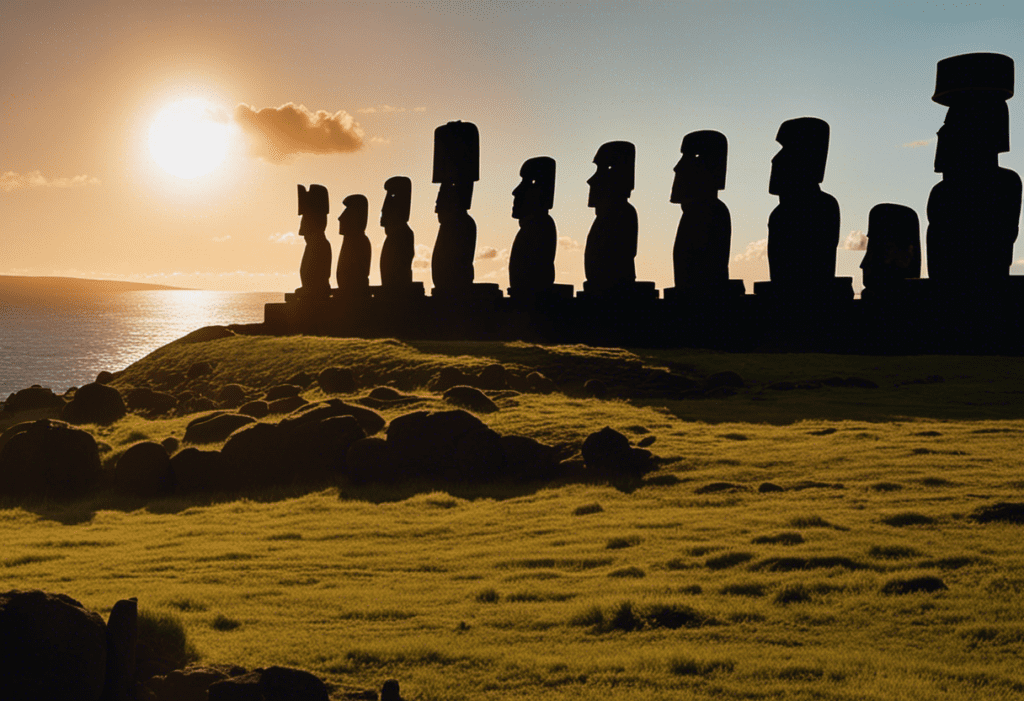The Rapa Nui calendar, rooted in the rich cultural heritage of the indigenous people of Easter Island, holds significant importance in their way of life.
This article explores the historical background, key features, and the deep connection between the Rapa Nui calendar and agricultural activities.
It also delves into the calendar’s role in religious ceremonies, social events, and festivals, highlighting its cultural significance.
Through analysis and description, this article aims to provide a comprehensive understanding of the cultural importance of the Rapa Nui calendar.
Key Takeaways
- The Rapa Nui calendar is a unique blend of lunar and solar elements, consisting of a lunar calendar and a solar calendar.
- It is used for organizing agricultural activities, religious ceremonies, and social events, symbolizing the connection between the Rapa Nui people and the celestial realm.
- The calendar plays a crucial role in determining planting and harvesting schedules, guiding crop rotation practices, and planning irrigation strategies.
- It is deeply intertwined with spiritual practices, determining the timing of religious ceremonies conducted to honor deities and ancestors. Additionally, it promotes a sense of community and connection, enhancing cultural identity and heritage.
Historical Background of the Rapa Nui Calendar


The historical background of the Rapa Nui calendar can be traced back to the ancient civilization of Easter Island. Easter Island, located in the southeastern Pacific Ocean, is famous for its stone statues known as moai and its rich indigenous traditions. The Rapa Nui people, who lived on Easter Island, developed a sophisticated calendar system that held significant cultural importance.
The Rapa Nui calendar was based on a lunar-solar system, combining lunar phases and solar events. This calendar played a vital role in the social and religious life of the Rapa Nui people, helping them organize their agricultural activities, religious ceremonies, and traditional celebrations. It enabled them to determine the optimal times for planting and harvesting crops, as well as for performing rituals and commemorating important events.
Beyond its practical purposes, the Rapa Nui calendar held deep cultural significance. It symbolized the connection between the Rapa Nui people and the celestial realm, reflecting their belief in the interconnectedness of the natural and spiritual worlds. The calendar served as a tool for preserving their indigenous traditions and passing down cultural knowledge from one generation to the next.
Key Features of the Rapa Nui Calendar


One remarkable aspect of the Rapa Nui calendar is its unique blend of lunar and solar elements, allowing for a comprehensive tracking of celestial events.
The calendar consists of two main parts: a lunar calendar and a solar calendar.
The lunar calendar follows the cycles of the moon, dividing the year into 12 lunar months. Each lunar month consists of either 29 or 30 days, depending on the sighting of the new moon. This lunar calendar was essential for the Rapa Nui people in determining the timing of religious ceremonies and agricultural activities.
In addition to the lunar calendar, the Rapa Nui also utilized a solar calendar to track the seasons and determine the optimal time for planting and harvesting. The solar calendar was based on the movement of the sun and divided the year into four seasons, each lasting approximately three months. This allowed the Rapa Nui people to align their agricultural practices with the changing seasons, ensuring successful crops and food security.
The combination of the lunar and solar elements in the Rapa Nui calendar emphasizes the deep connection between the celestial world and the daily lives of the Rapa Nui people. It provided a framework for organizing their religious and agricultural practices, ensuring the harmonious coexistence of their society with the natural world.
The Rapa Nui calendar was not only a practical tool for tracking time but also a reflection of their cultural beliefs and values. Its importance in Rapa Nui society cannot be overstated, as it played a crucial role in their survival and prosperity.
Connection Between the Rapa Nui Calendar and Agricultural Activities
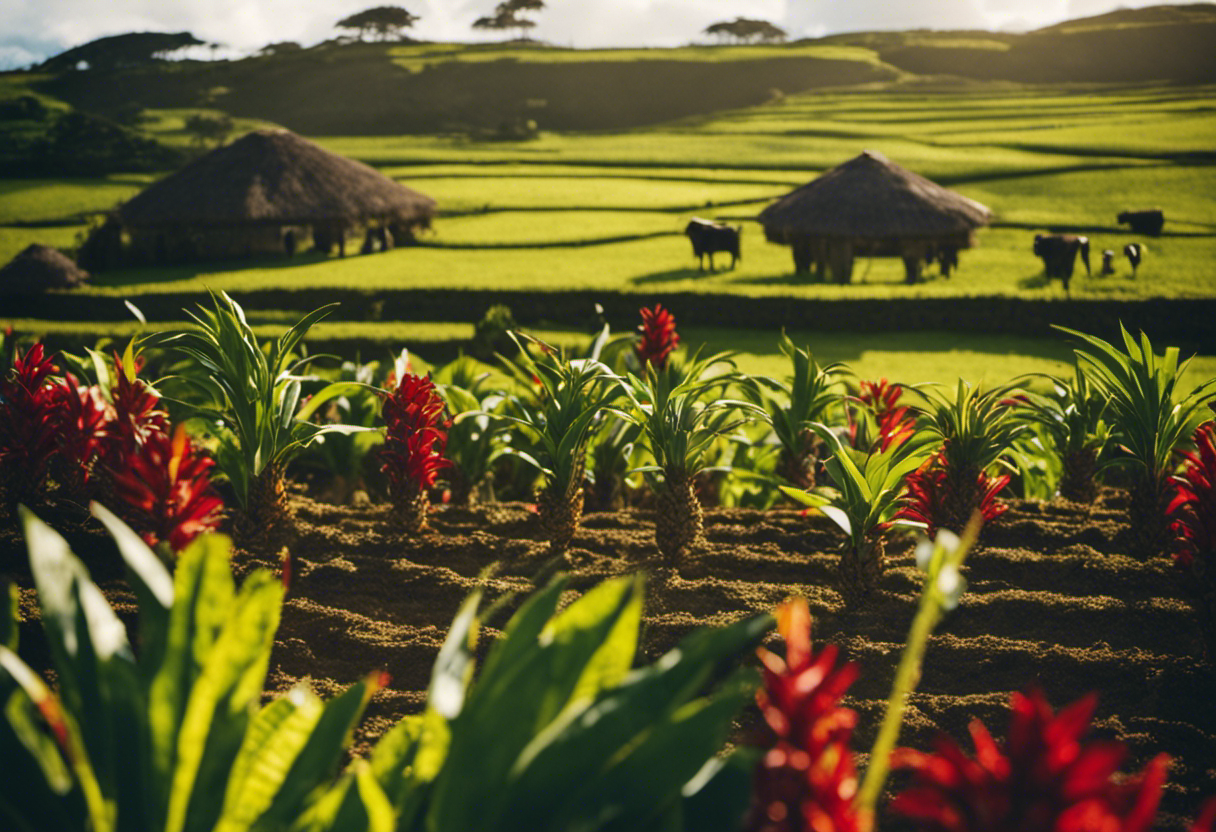

The Rapa Nui calendar played an important role in coordinating agricultural practices with the changing seasons for the ancient Rapa Nui people. Since agriculture was crucial for their survival, they relied on the calendar to manage their crop cycles efficiently.
Here are four ways in which the Rapa Nui calendar connected with agricultural activities:
-
Planting and harvesting schedules: The calendar provided valuable information about the seasons, such as the start of the rainy season or the arrival of migratory birds, which helped the Rapa Nui people determine the best times for planting different crops.
-
Crop rotation: By dividing the year into different periods, the calendar guided the Rapa Nui in implementing effective crop rotation practices. This allowed them to allocate specific fields for different crops, promoting soil regeneration and preventing nutrient depletion.
-
Irrigation planning: The Rapa Nui calendar aided in the planning of irrigation strategies. By predicting dry periods, they could allocate water resources accordingly, ensuring that their crops received sufficient water during important growth stages.
-
Fertility rituals: The Rapa Nui people believed that performing specific ceremonies during certain periods would result in abundant harvests. They aligned their fertility rituals with the calendar, aiming to appease the gods and enhance agricultural productivity.
Religious Ceremonies and the Rapa Nui Calendar
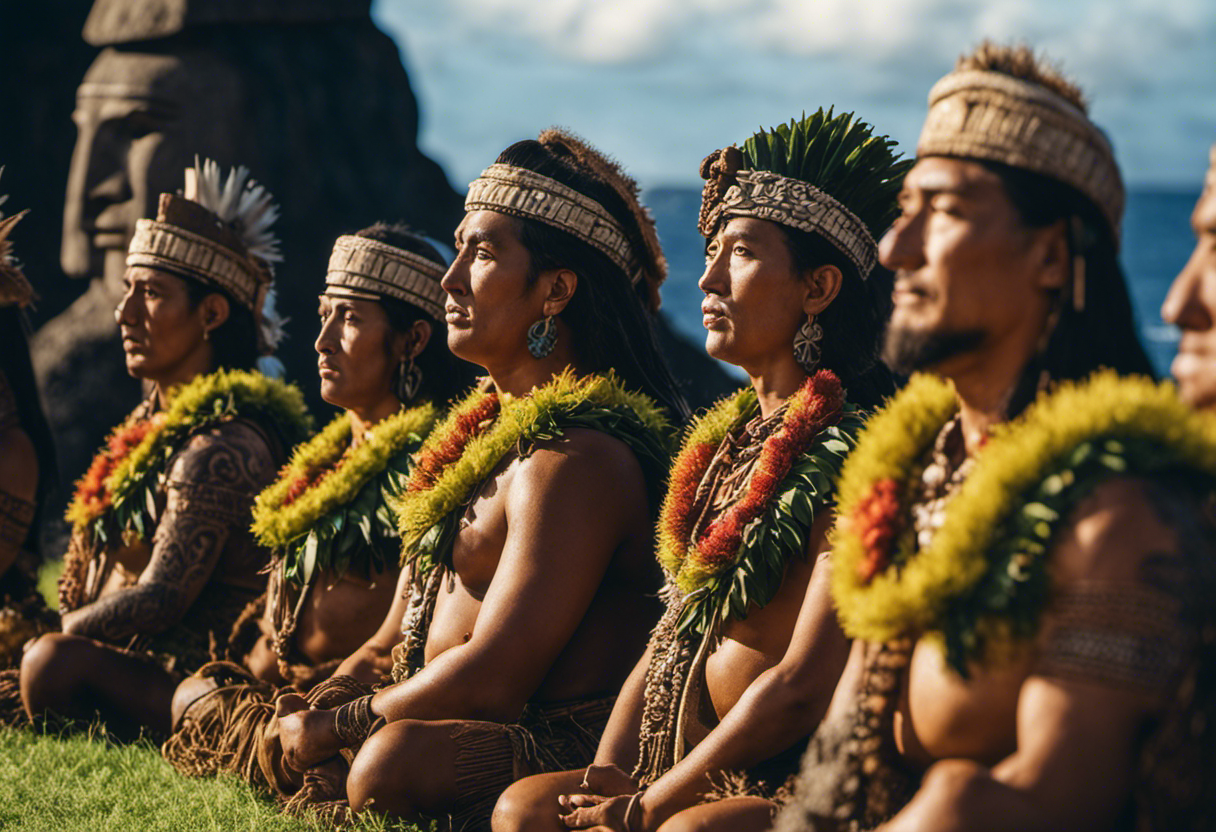

Religious ceremonies were deeply intertwined with the Rapa Nui calendar, playing a significant role in the spiritual practices of the ancient culture. The Rapa Nui people, who inhabited Easter Island, held a strong belief in powerful ancestral spirits and maintained a close connection with their environment. The Rapa Nui calendar served as a vital tool for organizing religious rituals and preserving cultural traditions.
Based on a lunar-solar system, the Rapa Nui calendar used the phases of the moon to determine the timing of various religious ceremonies. These ceremonies were conducted to honor and communicate with deities and ancestors, seeking their guidance and protection. Sacred sites, including the renowned moai statues, were the settings for these religious rituals as they were believed to embody powerful spirits.
One notable religious ceremony associated with the Rapa Nui calendar was the Tangata Manu, or Birdman competition. Held during the spring equinox, this competition consisted of a series of challenges to determine the new ruler for the upcoming year. The winner would become the representative of the birdman deity, who was believed to bring prosperity and fertility to the island.
Beyond its practical function, the Rapa Nui calendar held profound cultural and spiritual significance for the Rapa Nui people. These religious ceremonies were integral to their identity, fostering a sense of community and connection with their ancestors. Today, the Rapa Nui calendar stands as a testament to their rich cultural heritage and serves as a reminder of the deep spiritual roots embedded in their ancient traditions.
Social Events and Festivals Associated With the Rapa Nui Calendar
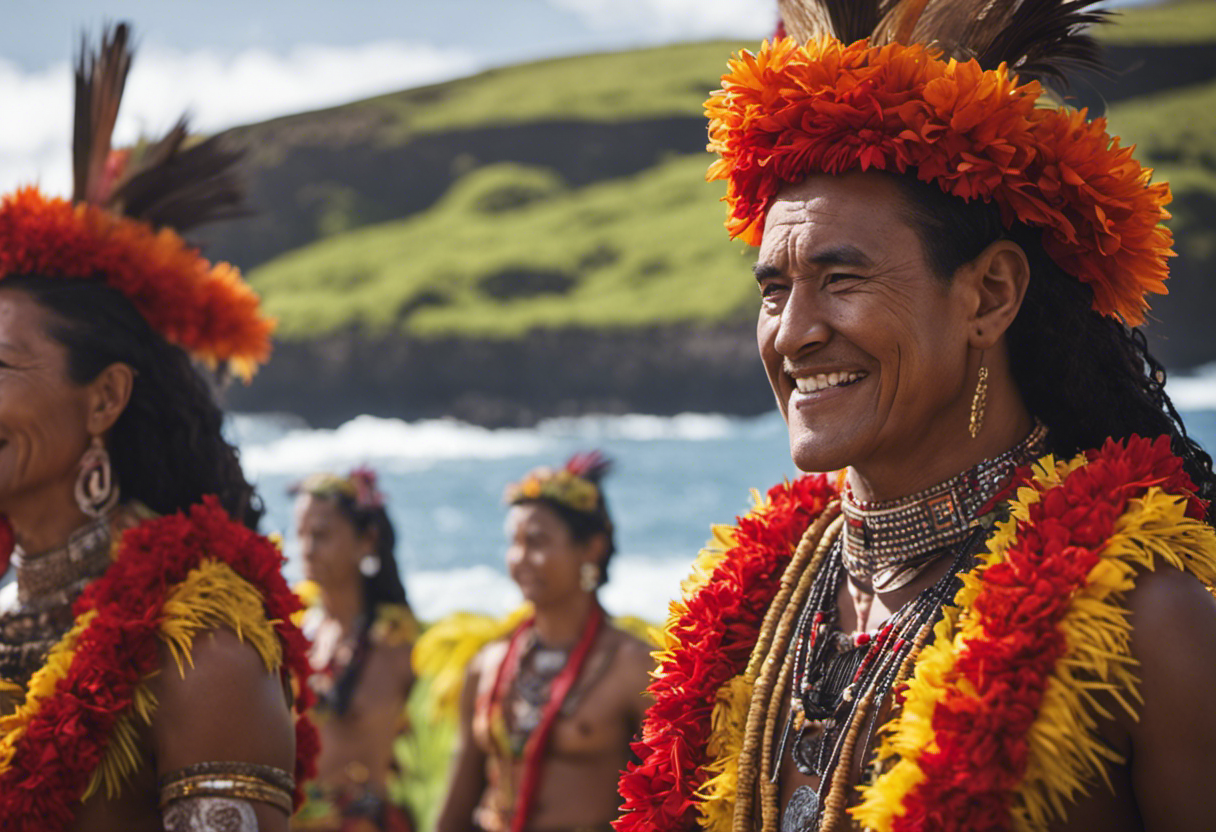

Social gatherings and festivities were an important part of the Rapa Nui calendar, bringing the community together and honoring their cultural heritage. These events were deeply rooted in the cultural traditions of the Rapa Nui people, providing opportunities for social interaction, entertainment, and the expression of their unique identity. The Rapa Nui calendar, which was based on lunar cycles, played a crucial role in determining the timing of these social events and festivals.
-
Tapati Rapa Nui Festival: This annual festival is a highlight of the Rapa Nui calendar, lasting two weeks and featuring a variety of activities such as traditional dance performances, music competitions, and sporting events. It showcases the island’s rich culture and allows the community to come together in celebration.
-
Marae Gatherings: Maraes were sacred ceremonial platforms where important rituals and gatherings took place. These gatherings were marked by feasting, music, dance, and storytelling, providing an opportunity for the community to honor their ancestors and connect with their spiritual beliefs.
-
Harvest Celebrations: Agriculture played a significant role in the lives of the Rapa Nui people, and the abundant harvest was a cause for celebration. These festivities included communal meals, singing, dancing, and demonstrations of traditional farming techniques.
-
Birthdays and Anniversaries: Personal milestones were also celebrated within the Rapa Nui community. Birthdays and anniversaries were marked with feasts, music, and dance, creating a sense of joy and togetherness.

